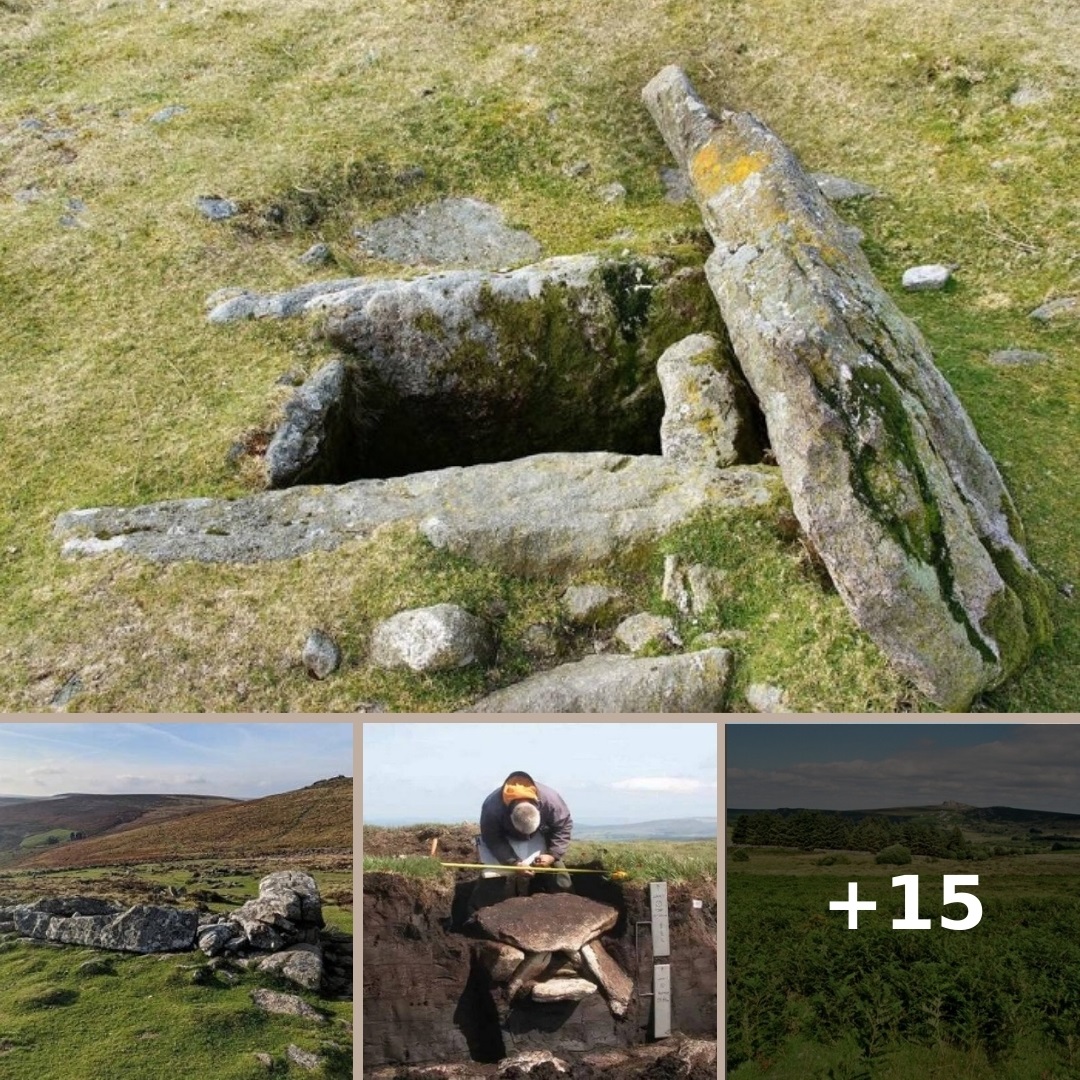Archaeologists believe peat erosion at Dartmoor National Park in Devon, England, has revealed a 4,000-year-old cist, or ancient coffin.

Thousands of years ago, someone was laid to rest in present-day Devon, England. Peat grew over their burial chamber as the centuries passed, obscuring it from view. But as the peat began to erode, archaeologists discovered the Bronze Age tomb anew.
Now, they’re heralding the 4,000-year-old grave as a potentially significant discovery and are planning to excavate the site to learn more.
But many questions still remain — including whether or not what was discovered in Devon is really a burial chamber at all.
Discovering The Bronze Age Burial Chamber
The potential Bronze Age cist — a type of ancient coffin — was discovered two years ago at Dartmoor, a sprawling national park in Devon, England.

For now, archaeologists have kept many details about the cist secret. They have not yet revealed its exact location out of concern that the public could damage it before it’s properly evaluated. But they are confident that it may be of historical significance, especially given that it could be 4,000 years old.
“We have every potential for this to be something quite special,” lead archaeologist Lee Bray explained to Devon Live. “We don’t know for certain if this is a cist, but it certainly looks like one. All the evidence we have points to it being a cist from the early Bronze Age.”
It’s not the first time the moors of the national park have yielded a historical treasure. In 2011, a woman’s burial chamber from 1700 B.C.E. was discovered at Whitehorse Hill.

And because the peat around this new cist is waterlogged, archaeologists suspect that the artifacts within could be stunningly well preserved.
It’s just a matter of deciding what to do with it.
Excavating The Cist At Dartmoor National Park
According to Bray, there are three options when it comes to the newly discovered cist: Archaeologists could leave it alone, try to stop the erosion of the surrounding peat, or excavate it.

Leaving it alone, Bray noted, would be “poor archaeological practice” and could mean the loss of something “significant.” And stopping the erosion would not prevent air from getting into the burial chamber and corrupting its contents, which “are deteriorating slowly as we speak.”
Bray supports an excavation, although it would be both delicate and expensive. First, archaeologists would need to scan the site with a laser to determine what it contained. Then, they would need to cut the cist out of the earth “like a piece of cake,” an endeavor which might also require a helicopter to airlift the cist off the moor.

Still, Bray says that an excavation of the burial chamber would be “better for archaeology and better for Dartmoor.”
So far, there’s support for an excavation of the cist. Dartmoor National Park Authority allocated £90,000 ($114,500) for an excavation, and member Andrew Cooper told an authority meeting, “There’s no gain without pain.”
He continued: “Now we know what Whitehorse Hill did for Dartmoor, I don’t think we’ve got any other option. We might end up with peat on our faces because there’s nothing there, but you never know unless you try.”
After reading about the potential Bronze Age burial chamber found in England, discover the story of the Druids, the Celtic priests of the ancient world. Or, learn about the Picts, the fierce Scottish warriors who held off the Romans.

